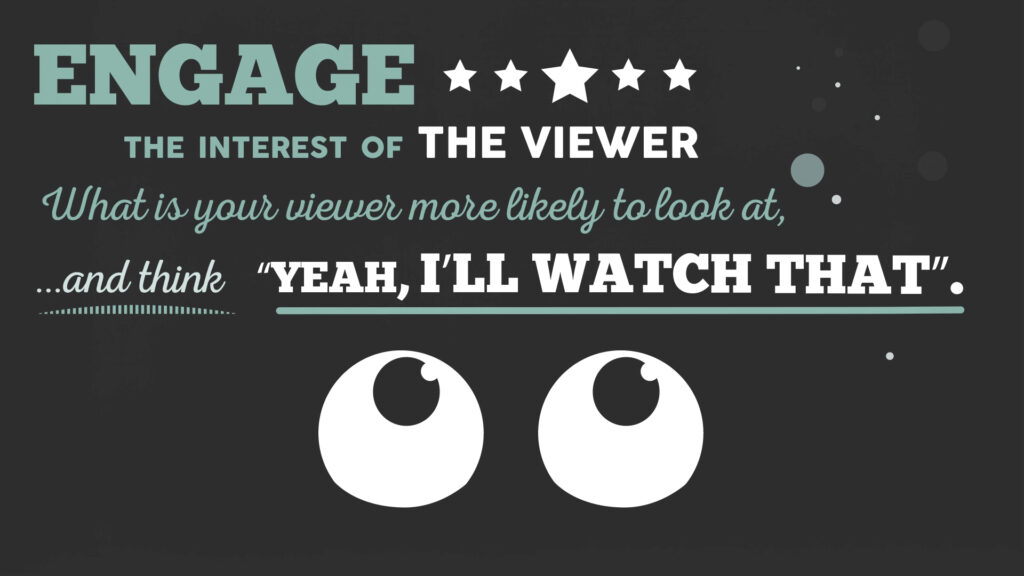If you want people to comprehend and accurately recall information, the best option is usually to use visuals to illustrate your point. And, yes, we’re well aware of the irony in communicating this concept using a text-based blog post!
Visual storytelling — used in our bespoke animated explainer videos and other forms of visual media — is highly effective because the vast majority of people retain information better when they can see it in action. In fact, two studies cited by the United States National Institutes of Health indicate that between 65% and 80% of all people are primarily visual learners.
It’s important to consider how (and why!) visual storytelling can help communicate complex ideas, a brand’s identity, instructions for complicated processes, and much more.
Why is visual learning so effective?
We’ve already noted that up to 80% of people learn and retain information better with visuals. In addition, according to the Gitnux Market Data firm, visuals account for 90% of all information transmitted to the brain. For most people, visuals provide the hook that secures a narrative in our minds, while audio or written content can provide important context and nuance to the images.
Even when we gather information by reading, our brains typically visualise it to help us understand the message. It’s a similar story with audio: Our brains simply do a better job of retaining information in the long term when we see it rather than hear it. In short, according to Gitnux, visual aids can improve learning outcomes by a whopping 400%!
There are advantages in the short term as well, as the brain also processes visual information faster and enables us to react more quickly. Believe it or not, the aforementioned Gitnux study says the human brain can process images roughly 60,000 times faster than text!
In other words, while it takes around five seconds to read a short sentence, you can communicate the same information using a picture, which only takes a fraction of a millisecond to comprehend. To be exact, it takes about 0.083 milliseconds for those of you keeping score at home. (That said, we did these maths by hand on the back of an envelope, so please don’t hold us accountable for any timing errors.)
Overall, visual learning has higher comprehension, generates more emotional responses, and improves motivation compared to other methods.










